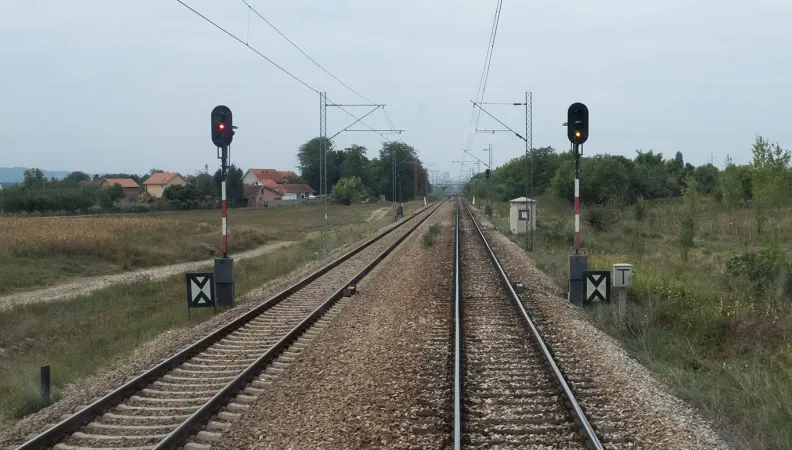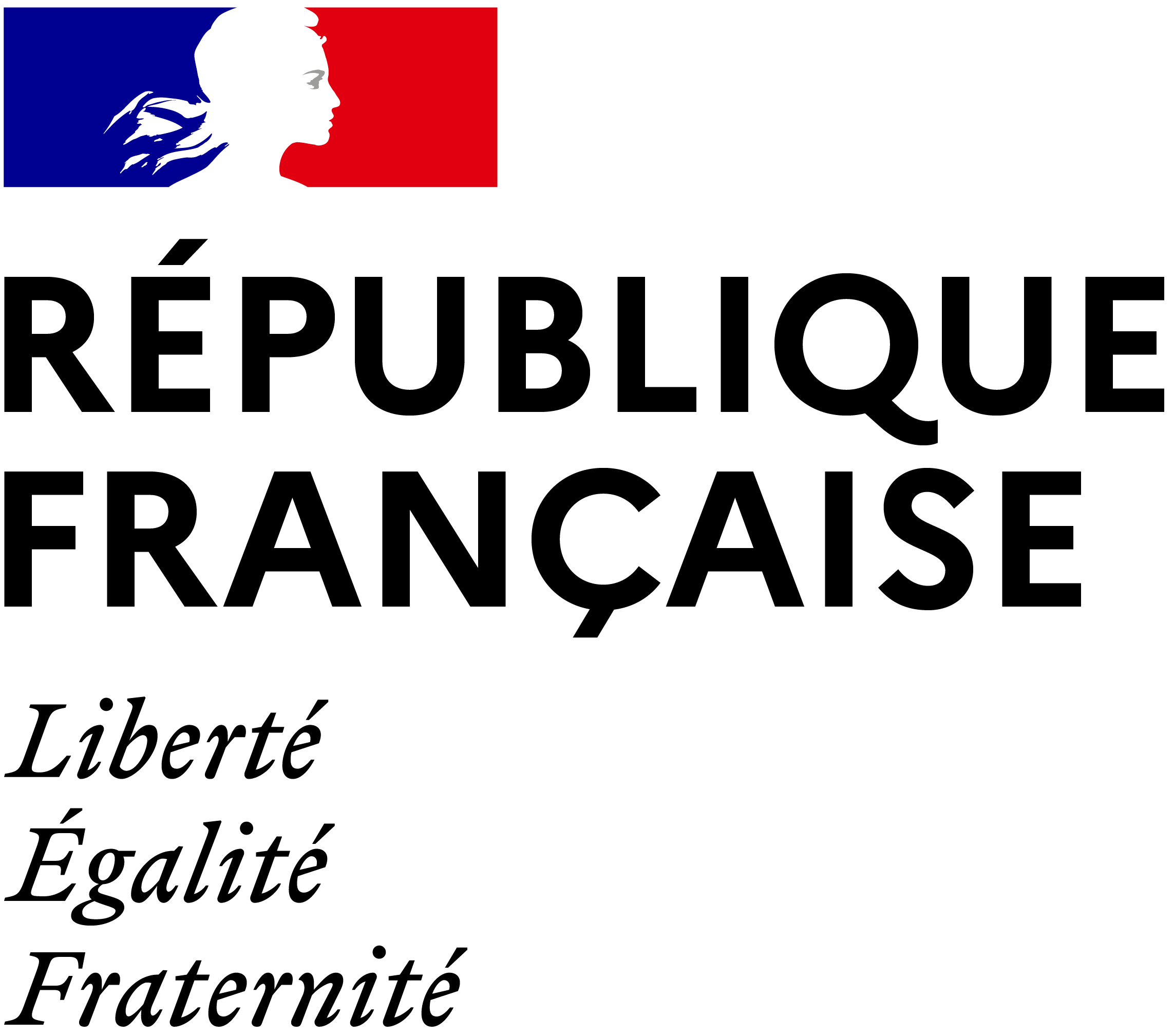Share the page
Serbian Railway Modernization Program – Phase 1
Project


-
Project start date
-
Status
Ongoing
-
Project duration
-
10 ans
-
AFD financing amount
-
51 000 000 €
-
Country and region
-
Location
-
Serbia
-
Type of financing
-
Partners
-
World Bank
-
Beneficiaries
-
Republic of Serbia
The Railway modernization program contributes to the reinforcement of Serbia’s position in the European rail ecosystem as well as the improvement of the functioning and safety of Serbian trains, through support provided by AFD and the World Bank to the Ministry of Construction, Transport and Infrastructure (MCTI).
Context
Serbia is located inside major European transport corridors. It is notably at the center of the Pan-European Corridor X, linking Thessaloniki (Greece) to Salzburg (Austria). The potential of rail transport is significant, both for freight and passenger transport. However, it has been hampered by years of underinvestment. A major effort is needed to modernize the network, to improve the quality of service provided to users and to bring it into line with EU standards.
The Serbian government has carried out ambitious reforms, in a dual objective of redevelopment of the railway sector and integration of the European Union’s legal framework. In 2015, the previously unified railway company was separated into four public railway companies under the supervision of the MCTI. The previous debt was restructured and a regulator was created. Railway reform ensued, in order to improve the efficiency of the sector and optimize public subsidies. The Serbian government has adopted a national program for the development of railway infrastructure, which foresees investments of up to €3.8 billion.
Description
Divided into 3 successive phases, from 2021 to 2029, the program aims to support the modernization of the Serbian railway sector. In operational terms, the main objectives are to improve:
- Intermodality for freight and passengers;
- Financial viability of operators;
- Efficiency of capital investment;
- Maintenance of railway infrastructure;
- Gender balance in companies;
- Increase the number of actors and private investments.
The Serbian government and the World Bank have appointed AFD to co-finance Phase 1 of the program in the perspective of a long-term partnership covering the subsequent phases.
Phase 1 holds three components:
- Renovation of railway infrastructure, with priority given to urban and suburban mobility (Belgrade station, north-east suburban branch to Pančevo), safety (level crossings) and improved asset management
- Institutional and project management strengthening
- Rail modernization groundwork, including an "intelligent transport" system (introduction of digital technologies)
Impacts
The aim of the program is to integrate the Serbian network into the European railway area, in order to support the country's trade sector and bolster its economic development, while supporting Serbia in achieving its greenhouse gas emission reduction targets.
Particular attention paid to the promotion of gender equality will provide new economic opportunities for women and improve their access to mobility. The other major effect expected is a significant decrease in the rate of rail accidents.
Prioritizing investments on suburban service issues, in particular daily trains around Belgrade, will improve sustainable urban mobility and access to urban mobility and amenities for the most vulnerable population, thus leading to socio-economic and climatic benefits.


